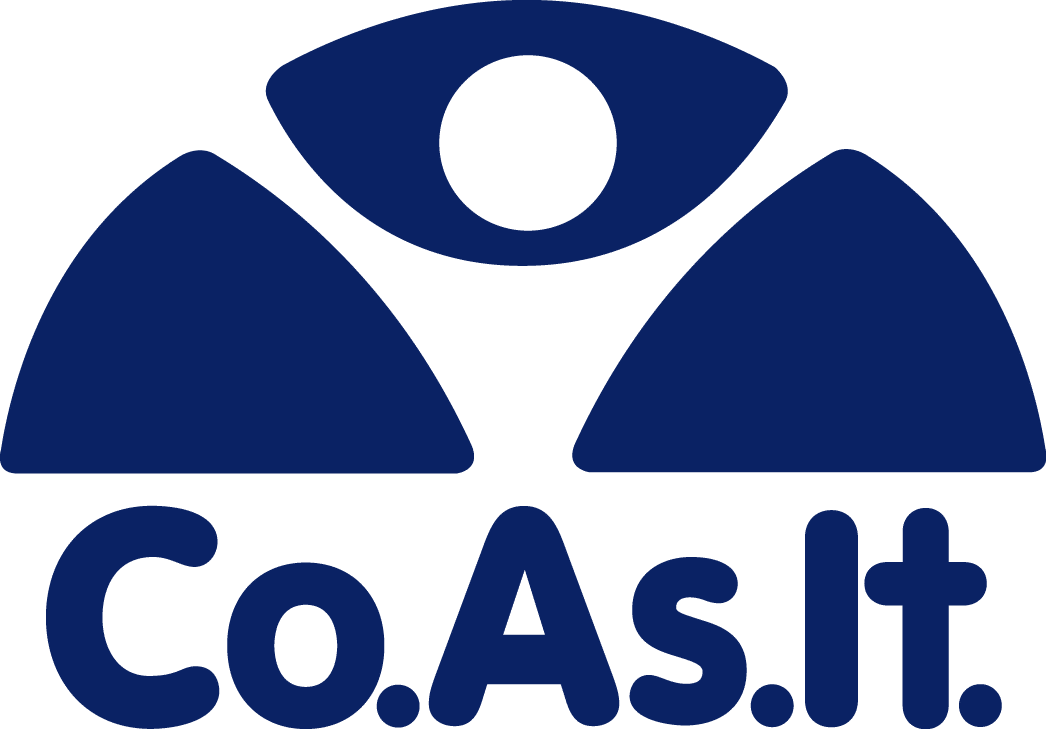The History
At the end of the Second World War, thousands of Italians came to NSW to make a new home for themselves and their families. They arrived by sea in Sydney and from there either settled locally or went to regional and rural areas throughout the state.
In those days the services provided by the government to assist migrants to settle into their new country were very limited. It was left largely to the efforts of people who saw the need and gave of themselves freely and voluntarily to help their fellow countrymen in whatever way possible. It is the vision and commitment of these people, which is the story of Casa d’Italia.
Casa d’Italia
Click the following links to scroll down to each section:
The History
The first Casa d’Italia
The Launch of Co.As.It.
Moving to Leichhardt
The first Casa d’Italia
The first Casa d’Italia was located at 2 Mary Street, Surry Hills and was purchased in 1952 on a loan from ICLE (Istituto Nazionale di Credito per il Lavoro all’Estero) which was secured by Tom Giuffre’, Matteo Lauriole and Joe Lo Blanco. The building was the center of welfare activities provided by the Italo-Australian Welfare Centre – originally formed in 1950 as Il Centro di Assistenza Emigrati Italiani – and closely allied with the Circolo San Francesco.
The building became a strong center for the Italian community in Sydney who lived and worked largely in the inner-city. It was here that newly arrived migrants could feel welcomed, they could meet and socialize with other Italians and receive a helping hand from people who understood them and appreciated what assistance they needed to establish themselves in their new country.
Italian migrants were able to receive assistance finding work, accommodation, food parcels and even having their gas and light bills paid to help them through difficult times.
Assistance was given to help people deal with government bureaucracy by helping them to fill in forms and to go along with them to interviews as interpreters and sometimes advocates, to ensure they received services and entitlements. This sort of assistance was not confined to the government sector as language assistance was also provided with doctors and hospitals, with solicitors and the courts and in a range of other situations faced by migrants.
Volunteers were able to help link people with relatives and friends from their home towns and villages and to introduce them to new friends. Assistance was also provided to help migrants learn English. English classes were provided to migrants in their own home, at the ‘Casa’ and at other locations throughout the community.
It was also recognized that it was important to provide Italian classes to the children of Italian migrants growing up in Australia in order to help preserve the language and culture of the Italian community. Saturday classes were established throughout the community and by 1968 there were a thousand children learning Italian in this way.
At that time, there were very few, if any, Italian social clubs and very few places where Italians were able to feel that they were not strangers, particularly at a time where they were feeling lonely and homesick. The ‘Casa’ provided a valued comfort zone where Italians could drop in, be assured of a friendly reception and were able to speak their own language. It became an important focal point for formal and informal social interaction where many enduring friendships, including marriages, were formed.
The Launch of Co.As.It.
In 1958, it was decided to vacate and rent the building to help with loan repayments. The building became a store house and retail/wholesale outlet for a number of traders and importers. The Italo-Australian Welfare Association (AIWA) moved its activities to a range of sites and in 1968 when the Comitato Assistenza Italiano (Co.As.It.) was launched by the Italian Consul-General, Dott. Guido Natali, AIWA wound up and transferred its resources and assets to Co.As.It. This included the “Casa d’Italia”.
Co.As.It. was able to continue and expand on the valuable work started by AIWA with financial support of the Italian and Australian governments and as always, with the continued support of the Italian community. Co.As.It. was able to employ staff specifically to co-ordinate the delivery of an increasing range of welfare and educational services and to continue to provide direct support and assistance to the community.
Co.As.It. was based at 100 Bathurst Street, Sydney. It became increasingly evident that Co.As.It. needed to move to premises which would provide more space and suitable facilities for its staff and for its expanding range of responsibilities and activities. A commitment was made to restore the Casa d’Italia building in Surry Hills for this purpose.
A fund-raising campaign was established to renovate the Mary Street building, which had became badly run down during the period of rented tenancy.
The most successful strategy within the fund-raising campaign was the Miss Casa d’Italia Quest which culminated in the crowning of Miss Casa d’Italia at 27 th Annual National Ball on 3 June 1978. A number of contestants and their sponsors had helped to raise the funds required for the project.
Co.As.It. moved into the Casa d’Italia building in 1978 to accommodate an increasing range of specialist staff. Its welfare, schools, youth and social committees were able to meet there and arrange seminars, workshops and functions in the main hall.
However, within a short time, a number of factors combined to end the location of Mary Street as the ideal base from which to operate Co.As.It. activities.
Firstly, Mary Street was no longer at the center or close to the geographical heartland of Italian life. Many Italians were now living further from the inner-city. Many of the Italian businesses located in Haymarket that had attracted Italians to the area, had also begun to relocate to other sites. Social and sporting clubs had been established in the suburbs. These had modern licensed facilities and ran sporting activities that fulfilled the socializing role previously played by the ‘Casa’. Secondly, the emergence of low-cost housing and support services for homeless people in Surry Hills created an ambience that was not friendly to families.
Not least however, Co.As.It. had simply outgrown the building. The hall was too small for the larger functions that were required and the office accommodation did not provide the necessary space required for the staff and volunteers working from the center.
The Board of Co.As.It. decided, not without sadness, that Co.As.It. had to move to more suitable premises. This occurred in 1986 when the building was sold to the Australian Chinese Community Association (ACCA) and Co.As.It. moved to Ashfield. Since then and until its relocation into the new building at 67 Norton Street, Leichhardt, Co.As.It. was operating between two sites. One at 2 Holden Street, where the welfare, education and executive staff were located and the other at Renwick Street, where the Multimedia Resource Centre was situated.
Moving to Leichhardt
Co.As.It. acknowledges that the community has entrusted it with a wonderful and valuable asset which is the fulfillment of the efforts and aspirations of a large number of people. The new Casa d’Italia enables Co.As.It. to provide an extensive range of services and facilities to the Italian community and enables Co.As.It. to build on and expand the great work by those who have contributed so much over so many years.
It is not possible to list or thank all of the many Co.As.It. supporters who helped to make Casa d’Italia a reality. Some have sadly passed on and others are resting from a lifetime of dedicated community service. Co.As.It. acknowledges you all, and thanks you all for your generous contributions.


